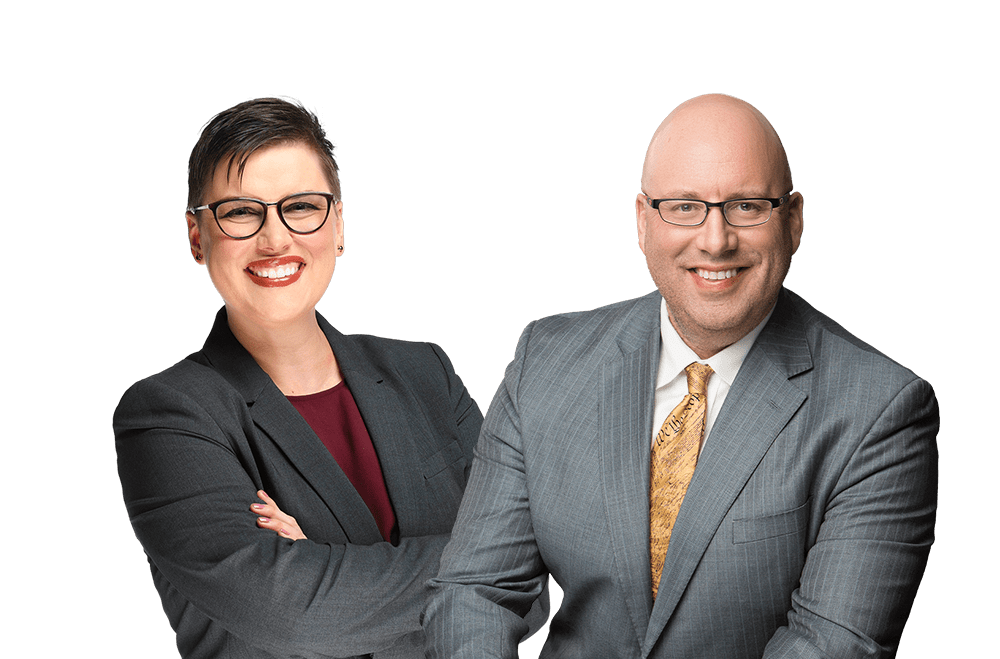Federal Circuit Clarifies Concept of "Conception"
The U.S. Court of Appeals for the Federal Circuit recently issued a significant opinion in Regents of the University of California v. Broad Institute, Inc.,[1] providing fundamental guidance on the legal standard of “conception” in patent law. The decision vacates the Patent Trial and Appeal Board's (PTAB) 2022 interference ruling in the long-running CRISPR-Cas9 patent dispute and remands the case for further consideration under the clarified standard. While interferences are close to becoming obsolete as there are few pending pre-AIA applications still eligible for interference proceedings, the decision is still highly relevant in other post-AIA contexts.
CRISPR-Cas9: A Nobel-Prized Technology
CRISPR-Cas9 is a revolutionary gene-editing technology that allows precise DNA manipulation. Jennifer Doudna and Emmanuelle Charpentier published their groundbreaking CRISPR-Cas9 work in Science in June 2012, demonstrating CRISPR gene-editing in general, and filed their first provisional patent application on May 25, 2012. Their discovery earned them the 2020 Nobel Prize in Chemistry.
Separately, the Broad Institute filed its own provisional patent application in December, 2012, specifically for using CRISPR-Cas9 in eukaryotic cells. The USPTO granted Broad's patents, triggering a complex interference proceeding to determine the true first inventor of CRISPR-Cas9 applications in eukaryotic cells. In 2022, the PTAB ruled in favor of Broad and awarded priority of invention to Feng Zhang at Broad.
The Proper Standard for Conception
The Federal Circuit's decision does not resolve the ultimate question of which party to the interference has priority for CRISPR-Cas9 in eukaryotic cells. Instead, it focuses on establishing the proper legal standard for determining conception of the invention, which is critical to applications examined under the pre-AIA “first-to-invent” principles.
First, the Federal Circuit reaffirmed that conception is complete when an inventor has a “definite and permanent idea” of an invention such that a person skilled in the art could reduce it to practice without undue experimentation. The court found that the PTAB had erroneously conflated conception with reduction to practice by requiring Regents' scientists to demonstrate certainty that their CRISPR-Cas9 system would function in eukaryotic cells in order to establish their date of conception. As the court emphasized, conception is defined as "a definite and permanent idea of the complete and operative invention, as it is hereafter to be applied in practice." Accordingly, an inventor need not know that their invention will work for conception to be complete; knowledge that an invention will work relates only to actual reduction to practice.
Second, the Federal Circuit determined that conception does not require absolute certainty of success. The PTAB had interpreted the Regents' scientists' email exchanges—which expressed doubts about outcomes and discussed experimental alternatives—as evidence that conception was incomplete. The Federal Circuit rejected this interpretation, instructing the PTAB to distinguish between "factual uncertainty" that fundamentally changes an invention (which would indeed indicate incomplete conception) and "general uncertainty” that merely reflects normal expressions of scientific caution common in experimental fields, but does not bear on the issue of conception in patent law.
Third, the Federal Circuit urged the PTAB to properly evaluate the role of routine scientific methods in the conception analysis. Specifically, the court determined that the PTAB erred in (1) refusing to consider ordinary skill; (2) disregarding third-party experimental success; and (3) failing to consider routine methods or skill. The court clarified that:
· Inventors must have a complete idea that only requires ordinary skill to make it work—"more than a 'general hope' but less than knowing with certainty that the invention would work"
· Evidence of others' success should be considered relevant to the conception analysis and shouldn't be ignored
· Experimental difficulties do not indicate incomplete conception if routine methods ultimately result in successful implementation
The case now returns to the PTAB, which must reconsider who first conceived of using CRISPR-Cas9 in eukaryotic cells under the corrected legal standard. Specifically, the PTAB must evaluate whether Regents' initial conception was sufficiently complete for skilled artisans to implement the method in eukaryotes without further invention, regardless of whether Regents knew with certainty it would succeed.
Takeaway on Provisional Filing
The Regents decision appears inventor-friendly, stating that certainty of success is not required for conception and that the ability of others to practice the invention using routine methods or skill is key. However, it also emphasizes the necessity of robust, enabling disclosures in early filings. The PTAB found – and the Federal Circuit affirmed – that Regents’ earliest two provisional applications failed to provide a constructive reduction to practice because they did not sufficiently describe the claimed invention, particularly regarding its function in eukaryotic cells. As a result, Regents failed to satisfy the written description requirement in the provisional applications and could not claim the benefit of their earliest filing dates.
This decision reinforces that provisional applications should be more than placeholders. To secure early filing dates, provisional applications must fully describe the invention in concrete terms, provide sufficient detail so that one skilled in the art could practice the invention without undue experimentation, and address not only general issues but also specific embodiments. The conception standard clarified in this case can help applicants determine what level of detail provisional applications should include. Incomplete or speculative filings may fail to support later claims or may be disqualified as prior art.
Importantly, the case helps define boundaries between conception, reduction to practice, written description, and enablement—all distinct legal requirements that are sometimes conflated or ignored entirely in provisional filings. The patent disclosures in this case provided evidence of conception but failed written description requirements. Understanding these distinctions is crucial for practitioners to properly protect innovations at various stages of development.
What Matters in Post-AIA?
The America Invents Act (AIA) shifted patent practice from a "first-to-invent" to a "first-inventor-to-file" system. For post-AIA patent practice, the “effective filing date” of a patent application is paramount. The extensive litigation over conception dates wouldn't be necessary under post-AIA rules where the first to file would likely prevail (unless the first to file derived the invention from another). However, conception still matters in several contexts.
For inventorship disputes, conception remains determinative. Inventorship is determined by contribution to conception, not reduction to practice. The clarified conception standard can help determine who qualifies as an inventor, regardless of filing date. Under the Regents decision, an individual who contributes to the conceptual framework of an invention, without reduction to practice or certainty of success, may still qualify as an inventor as long as their idea can be realized using routine methods or skill.
For derivation proceedings, which replaced interference proceedings under the AIA, complete documentation of conception remains important. In pre-AIA settings, interference proceedings (or priority contests) are used to determine priority among multiple patent applications. In the post-AIA era, derivation proceedings are used to determine if the first filer derived the invention from another inventor. In both scenarios, understanding the proper standard for conception is essential for establishing inventorship and protecting patent rights.
By clarifying that an inventor doesn’t need certainty to demonstrate complete conception and by stressing the role of routine skills in carrying out an idea, the Federal Circuit draws a clear line between conception and reduction to practice. The case also highlights a practical lesson for inventors: early patent filings must do more than outline a concept, they must explain it in enough detail so others with ordinary skill can make and use it.




